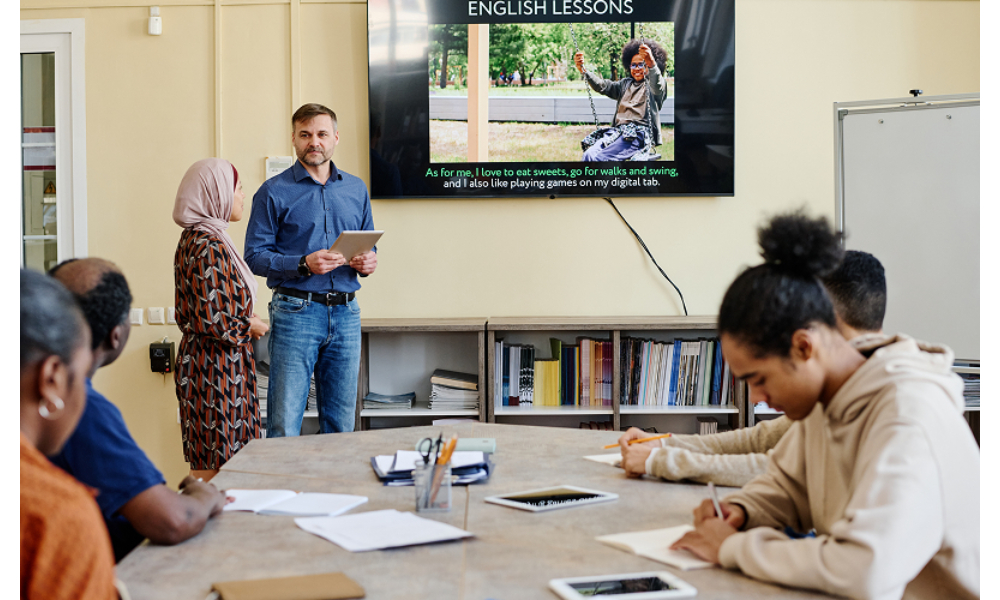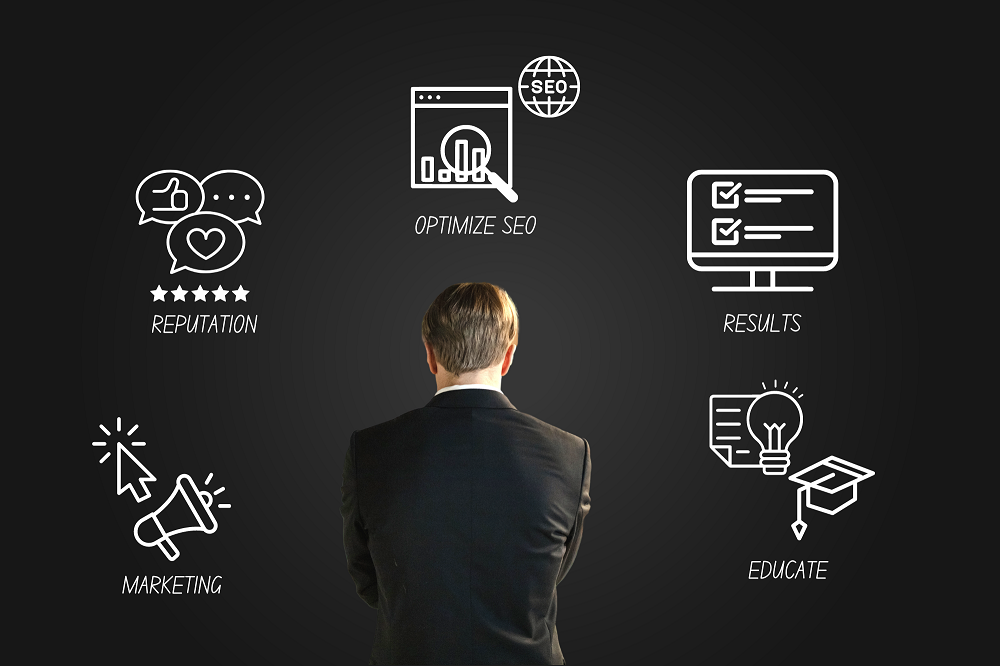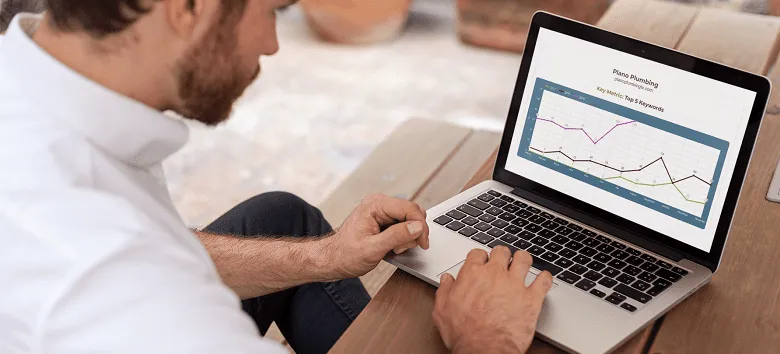Education is undergoing a major shift as digital tools reshape how teachers deliver lessons and how students absorb them. A lecture recording system and an interactive whiteboard for classroom environments are at the centre of this transformation, helping bridge the gap between traditional teaching methods and modern learning needs. These tools not only improve accessibility but also create flexible pathways for engagement and collaboration.
Making Lessons Accessible Anytime
A lecture recording system lets students revisit lessons, helping those who missed class or need to review complex topics. With recorded sessions, learners can pause, replay, and take notes at their own pace, supporting better understanding.
Supporting Diverse Learning Styles
Every student processes information differently, and a lecture recording system gives them more control over their study approach. Visual learners benefit from rewatching the presentation, while auditory learners can focus on listening to the lecture again. Combining these systems with an interactive whiteboard for classroom settings creates a richer environment where content can be explored in multiple formats, catering to a variety of learning preferences.
Improving Student Engagement
Engagement is critical in sustaining student interest, and interactive tools play a major role here. When a lecture recording system is paired with an interactive whiteboard for classrooms and sessions, teachers can combine recorded explanations with live annotations, diagrams, and multimedia examples. This creates a more dynamic learning environment, making lessons less static and more appealing to students who respond well to visual and interactive elements.
Enhancing Revision and Exam Preparation
Recorded lectures serve as a powerful revision tool. Students preparing for exams can go back to specific sections of a lecture to reinforce their knowledge. This resource reduces the need to rely solely on notes taken during class, which may miss important details. Teachers can also create highlights or thematic compilations of recorded content, guiding learners towards key concepts and topics that are essential for assessment preparation.
Encouraging Independent Study
When students have access to a lecture recording system, they are more likely to take responsibility for their own progress. Instead of relying only on scheduled lessons, they can actively revisit material as part of independent study. This approach builds self-discipline and improves critical thinking, as students can engage more deeply with the subject matter at their preferred pace. The interactive whiteboard for classroom use also supports independent learning by allowing teachers to save and share annotated boards for later reference.
Supporting Teachers in Lesson Delivery
Teachers also benefit from these systems, as lecture recordings allow them to reflect on their delivery and make improvements. Reviewing a recorded session highlights areas where explanations could be clearer or where additional examples may be required. Interactive whiteboards provide teachers with flexible tools to present information in ways that resonate better with their students, making lessons more engaging and effective.
Creating Inclusive Learning Environments
Accessibility in education is vital, and a lecture recording system can be a lifeline for students with special needs or those who require more time to grasp complex concepts. Having recorded materials readily available ensures inclusivity, as all learners have equal opportunities to succeed. The integration of interactive whiteboards further helps by enabling teachers to adapt lessons in real time, addressing diverse needs more effectively.
Learn More: Digital Education: How the New AI Feature Benefits Educators
Preparing Students for a Digital Future
Modern workplaces are heavily reliant on digital tools, and by incorporating technology into classrooms, students develop essential digital literacy skills. A lecture recording system familiarises learners with digital resources, while the interactive whiteboard for classroom use encourages collaboration and teamwork in ways that mirror professional environments. This exposure better prepares students for future academic and career challenges.
Supporting Lifelong Learning
The advantages of lecture recording systems extend beyond the classroom. Professionals returning to education or individuals engaging in lifelong learning can also benefit from recorded content, as it allows them to balance studies with work and personal commitments. This flexibility makes education more accessible and inclusive for learners at different stages of life.
For more information about lecture recording systems, contact Media Architects today.




